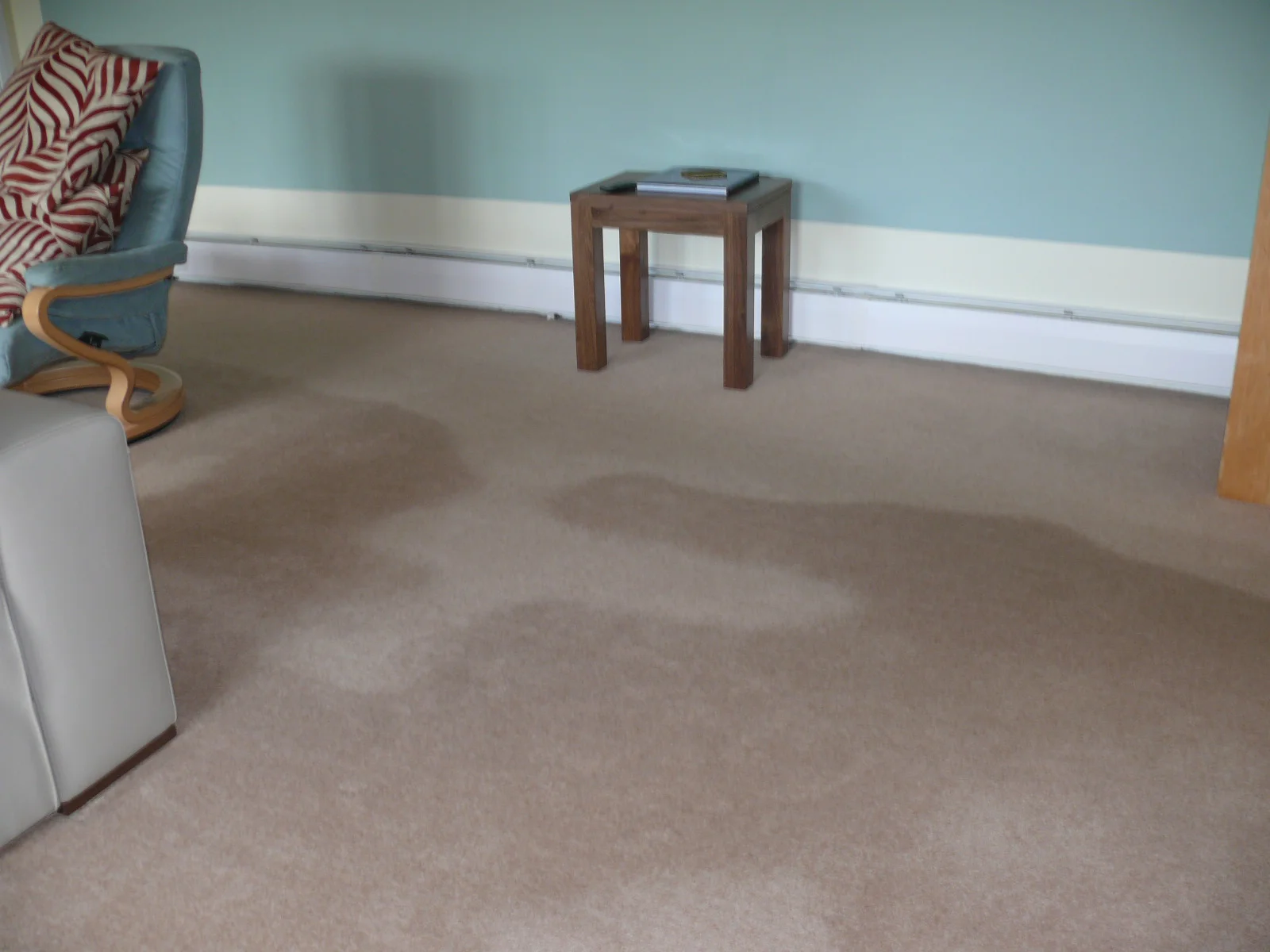Mind the gap!
/First published in Interiors Monthly July 2015
In St Peter’s Basilica in Rome is a chair believed to date back to the 6th Century, one of the oldest chairs in existence. It’s so well worn it’s only put on display once a century. When I was a child, we had furniture in the front room which was only ever used when we had guests, so it probably would have lasted just as long.
But in today’s world, how long should a piece of furniture last? Some suites are not just sat on, they’re lived in – our lifestyles have changed dramatically, but have customer’s expectations moved with the times? I visited a fitted bedroom installation where the customer had labelled every minute “fault” with a post-it note (see picture) and his expectations were clearly considerable if you counted them!
Every time you sell, two sets of expectations meet on the shop floor: the customer’s and yours. Identifying the differences and managing the customer’s expectations is crucial to a successful transaction. Failing to do so will doubtless mean a complaint.
The customer’s expectations will be based on, amongst other things, their previous experiences (and that of their friends and relatives), the price they’re paying and their perception of your brand. Yours may be based on your technical knowledge and on your experiences with that product or supplier.
But there’s a third factor that must also be taken into account: how will the furniture be used and cared for? It’s not unknown for a customer to assume a suite needs no maintenance at all! So it’s important to ensure you give a customer the right advice as well as the right product - how you sell is therefore as important as what you sell. All too often the customer’s expectations and perceptions only come out at the time of a complaint, so listen to your complaining customers carefully. Their complaints may be more about the gap between their expectations and yours than about faults with the product, and if you learn from this you’ll be able to make sure similar complaints are avoided by more care at the selling stage.
Guarantees, of course, can influence a customer. They are a great way to show confidence in your product and will help a customer’s decision to purchase. And they also affect the customer’s expectations about the durability of what they’ve bought. They mustn’t be worded in a way that would dissuade a customer from making a reasonable complaint: no reasonable consumer would expect any item of furniture to last only a year, so a one year guarantee cannot stop the customer making a claim after two or more years, and could actually make a customer think twice about buying a product. In fact a customer has the right to make a legal claim up to six years after purchase and even longer if a guarantee promises a longer life for the product, and they have statutory rights which cannot be over-ridden by any guarantee.
How long should a product last? That’s a question worth considering every time you’re with a customer. Ask the right questions to understand their expectations so you can ensure they’re realistic and make sure what you sell meets or exceeds them. That way you’ll all be happy, and for a long time!


